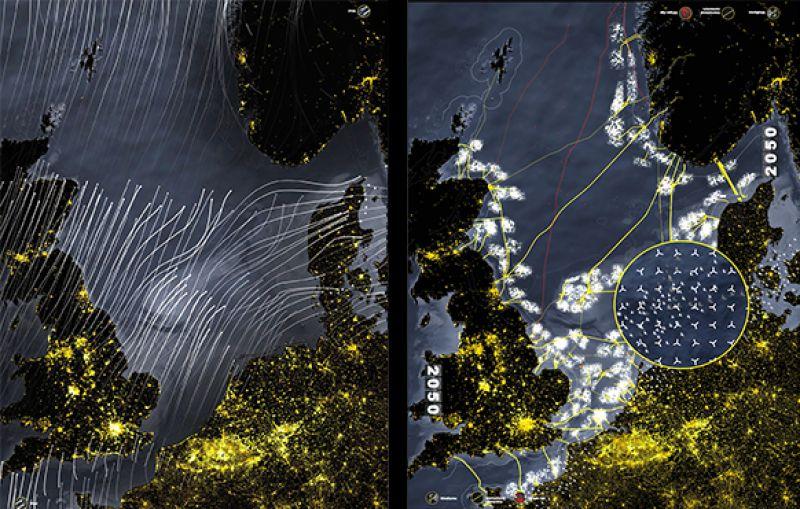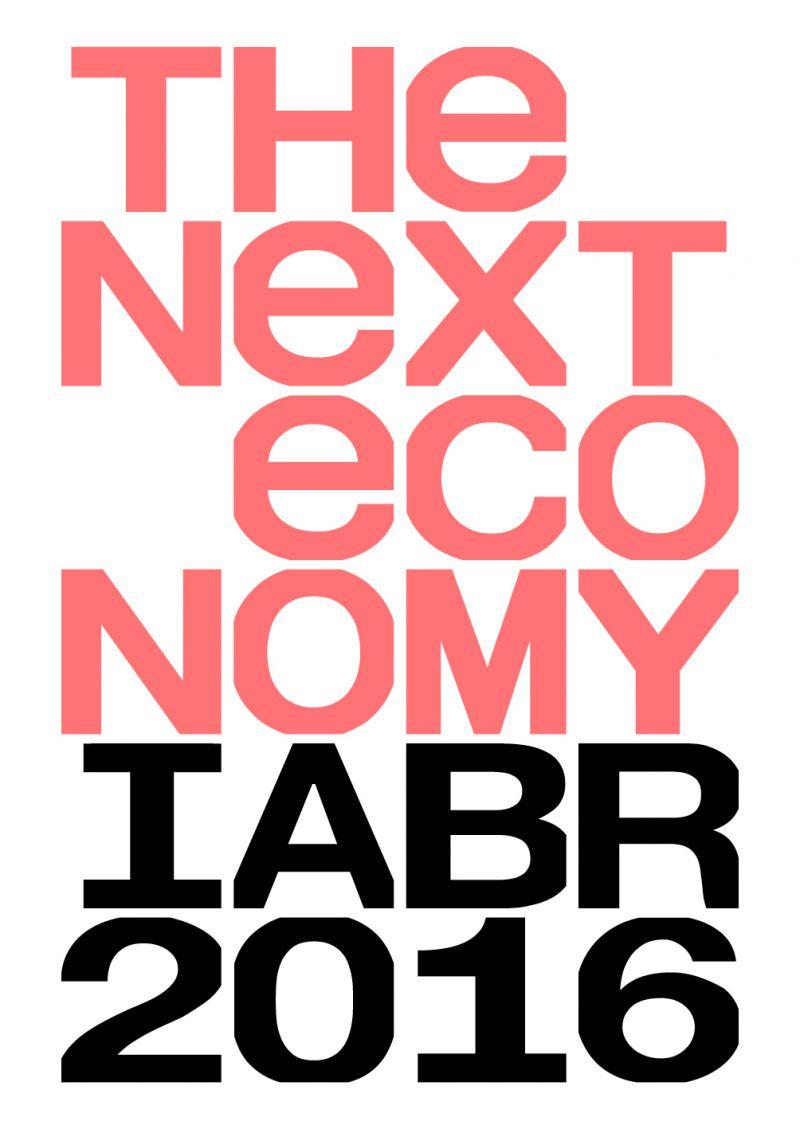The IABR–Atelier 2050 – An Energetic Odyssey shows how far-reaching the energy transition from fossil fuels such as oil, coal, and gas to an energy supply largely fed by renewable energy sources actually is. The European climate objective – 80 to 95 percent reduction of greenhouse gas emissions in 2050 compared with 1990 – requires significant system changes.
Research
Atelier 2050
An Energetic Odyssey
2015 – 2016
- Credits
2050 – An Energetic Odyssey represents a system leap that makes it possible to bridge this gap by the very large-scale production of wind energy on the relatively shallow North Sea for the countries that surround it.
The IABR–Atelier 2050 demonstrates what such an ambitious approach involves, what infrastructure it requires, what it means to link up with the nature of the North Sea, what role the entrepreneurial state plays, which innovations this requires, and especially which new economic dynamic this will generate, for instance in the offshore sector. Research by design will facilitate this transition of imaginaries.
The title of the project, 2050 – An Energetic Odyssey, is meant to provoke. Many people underestimate the scale of the challenge and think that the transition can take place with the support of small-scale projects alone (small is beautiful). However, the goal agreed upon worldwide – to limit global warming to 1.5 to 2 degrees – also requires more large-scale and drastic changes of the system. The good news is that, in principle, the production of North Sea energy can meet the demand. 2050 – An Energetic Odyssey shows that the Next Economy can be a clean economy.
The video 2050 – An Energetic Odyssey is the on line version of the large-scale animation that was part of IABR 2016: The Next Economy.


